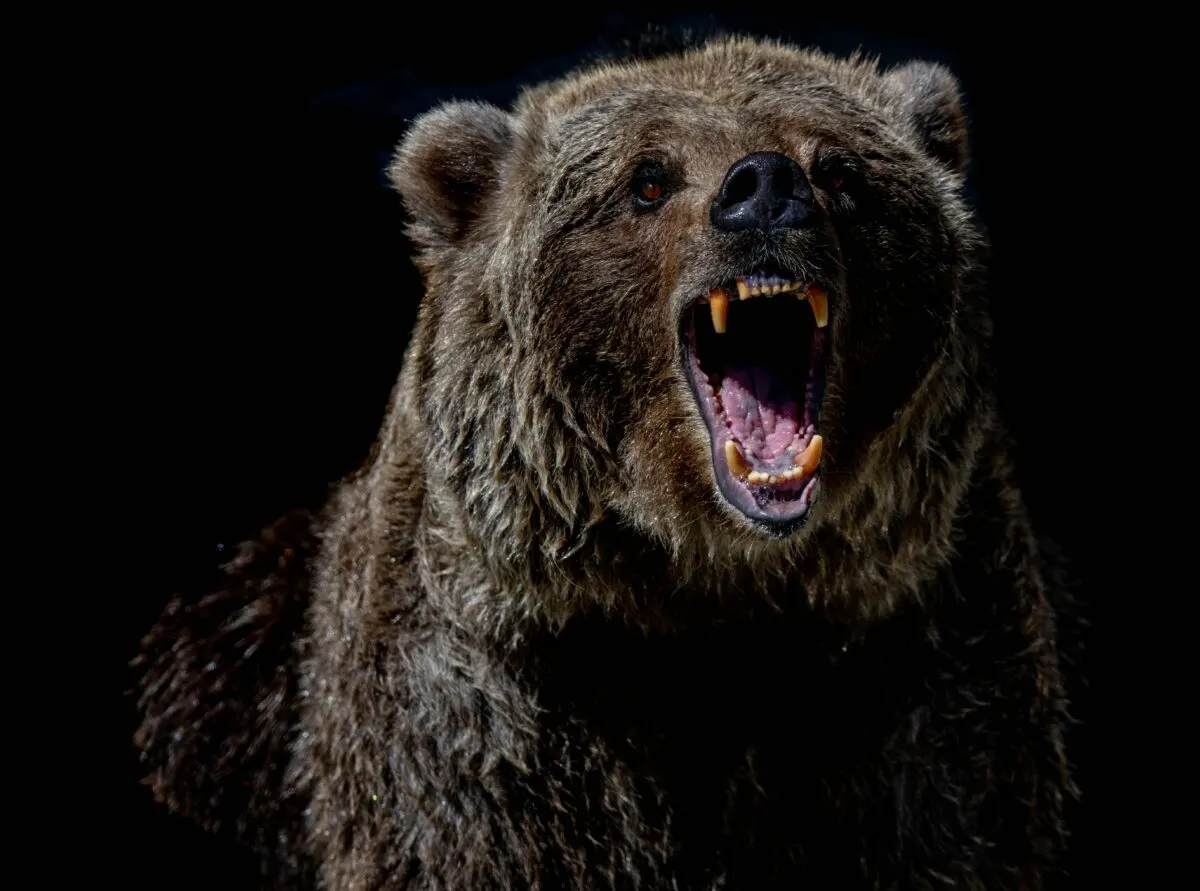In May of 1952, a U.S. Fish and Wildlife Service employee, Roy R. Lindsley, took down a record-breaking brown bear. The bear scored an astonishing 30 12/16 and is the largest Alaska brown bear ever recorded.
Introduction

Deep in the heart of Kodiak Island, a population of brown bears has been isolated for over 12,000 years. These massive creatures can grow up to 1,500 pounds and stand over nine feet tall, making them one of the largest bear species in the world.
In this article, we’ll dive deeper into the details of this impressive feat and learn more about these incredible creatures. Let’s get into it!
Key Points
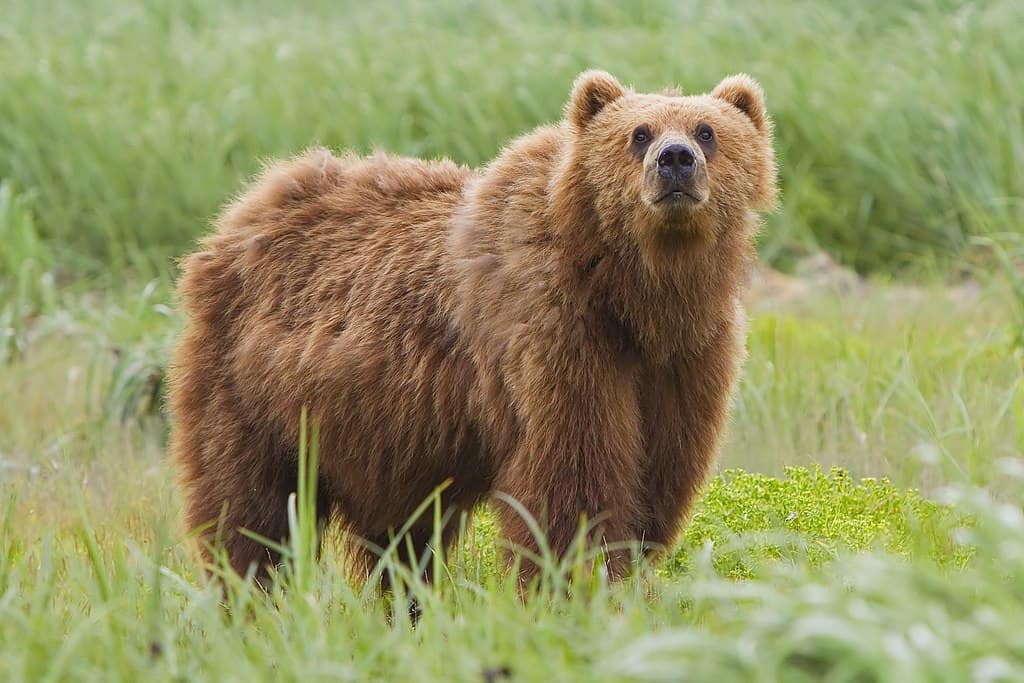
- The Kodiak bear is a unique subspecies of brown bear found exclusively in the Kodiak Archipelago in Alaska and has been genetically isolated for 12,000 years.
- The Kodiak bear is the largest subspecies of brown bears, with males weighing up to 1,500 pounds and standing over 10 feet tall on their hind legs.
- The Kodiak bear is an apex predator in its ecosystem and feeds primarily on salmon, berries, and grasses; and is also an important cultural symbol for the native Alutiiq people and a popular attraction for tourists.
Kodiak Island
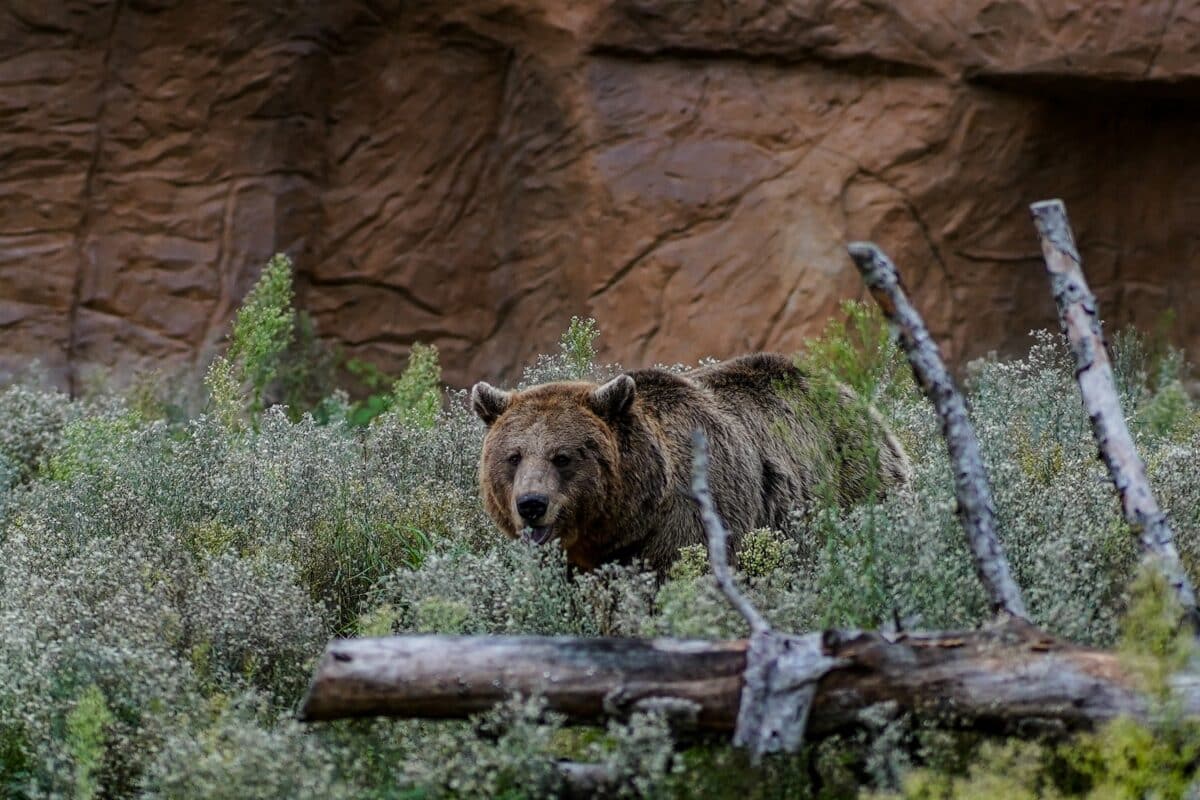
Kodiak Island, located 250 miles south of Anchorage and below the mouth of Cook Inlet, is home to a unique population of brown bears that have remained genetically isolated for an astonishing 12,000 years.
With an estimated bear population of 3,500, Kodiak boasts a bear density of approximately 0.7 bears per square mile.
The Hunt
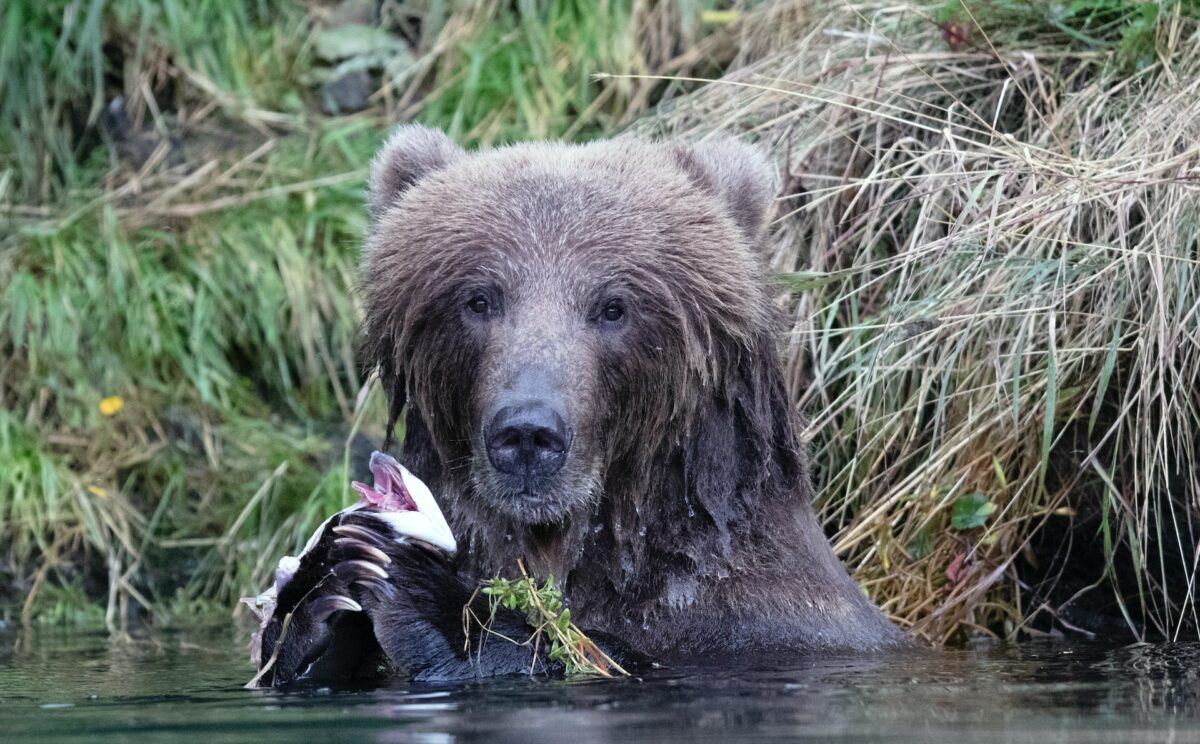
In a significant event in May 1952, Roy R. Lindsley, a U.S. Fish and Wildlife Service employee, achieved the remarkable feat of shooting the world-record brown bear. This Kodiak bear was found near Kodiak’s Karluk Lake.
Lindsley, using a 30-06 rifle with a 180-grain bullet, ensured a clean and effective kill to prevent any possibility of the bear charging or escaping into dense alders.
The Bear’s Stats

The bear’s skull, measured at 17 15/16 inches in length and 12 13/16 inches in width, resulted in a cumulative score of 30 12/16 points. This achievement earned the bear the prestigious title of world record during the Club’s sixth awards competition, held at the American Museum of Natural History in New York City in 1954.
Kodiak Bears

The Kodiak bear is a subspecies of the brown bear found exclusively in the Kodiak Archipelago in Alaska. They have slightly different skull proportions, claw shapes, and dentition than other brown bears in Alaska.
It is the largest subspecies of brown bears, with males weighing up to 1,500 pounds and standing over 10 feet tall on their hind legs.
Diet
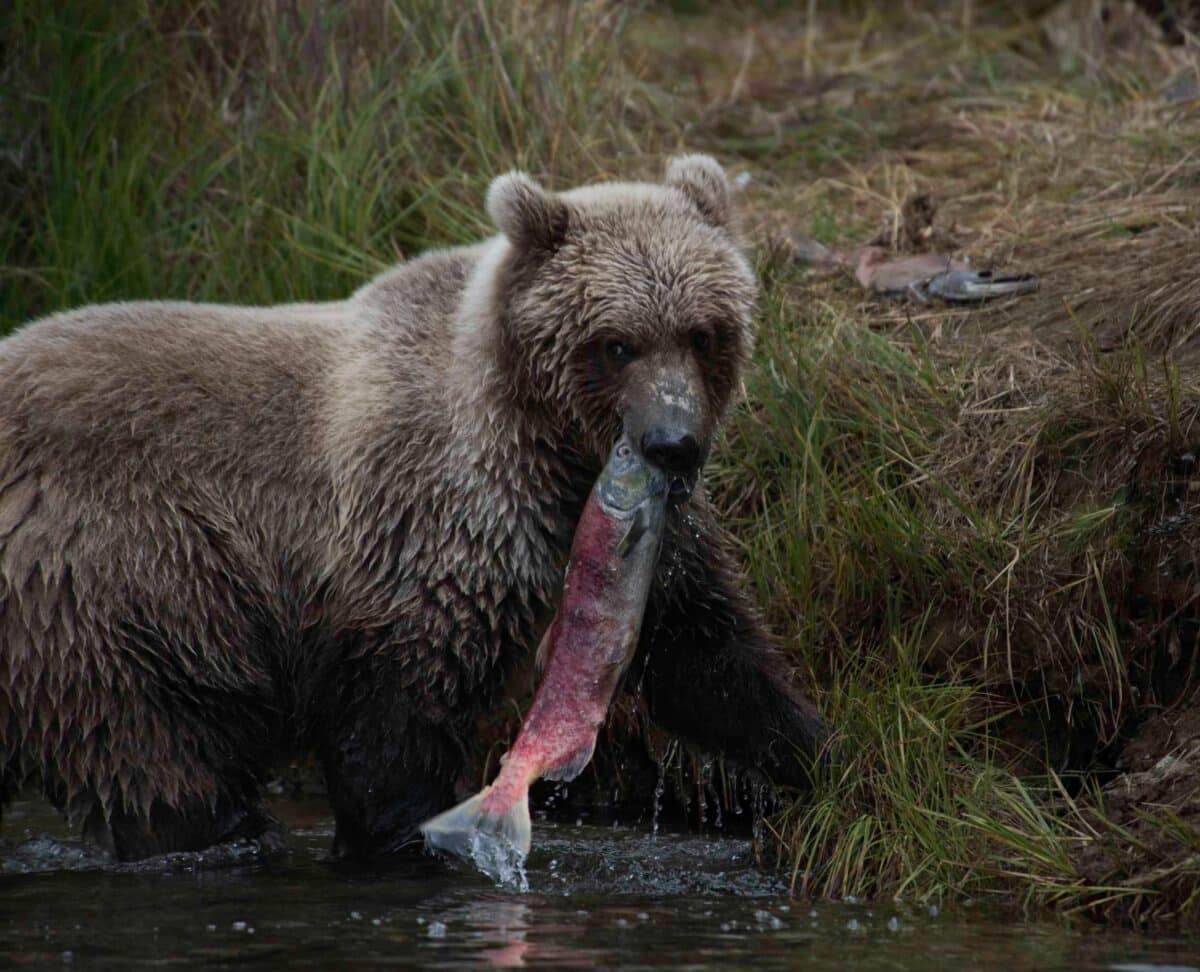
The Kodiak bear is known for its size, strength, and agility and is an apex predator in its ecosystem. It primarily feeds on salmon, berries, and grasses but has also been known to prey on larger animals like moose and caribou.
Importance of the Kodiak Bear in the Ecosystem

As apex predators, Kodiak bears play a crucial role in their ecosystem. They help regulate the populations of their prey, such as salmon and other fish. This can have a cascading effect on the food web.
Additionally, their feces and remains provide nutrients for the soil and vegetation, which can benefit other animals in the ecosystem.
Significance
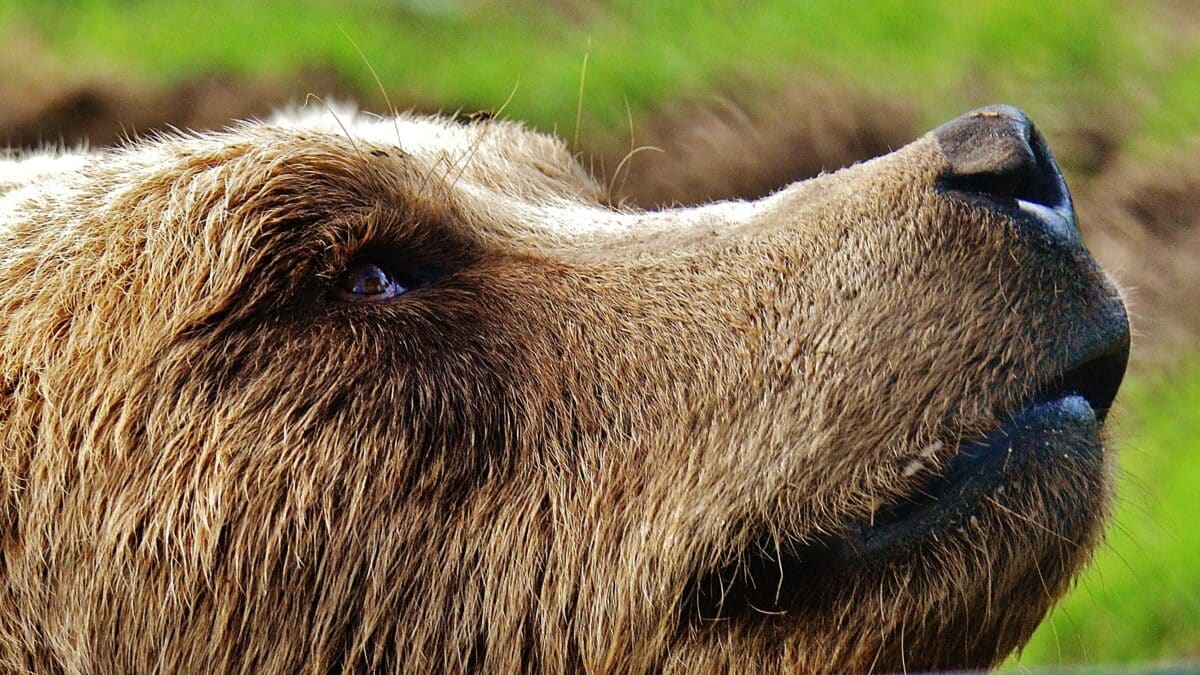
Kodiak bears also have cultural and economic significance for the people of Kodiak Island, where they live. The bear is a vital part of the Alutiiq people’s culture, and hunting and tourism related to the bear can provide income for the local community. However, managing these activities is essential to protect the bear population and the community’s economic well-being.
Conservation

Conservation efforts have helped to increase the population of the Kodiak bear in recent years. Although it is still threatened by habitat loss and hunting.
The Kodiak bear is currently classified as “least concern” by the IUCN Red List.
Brown Bears
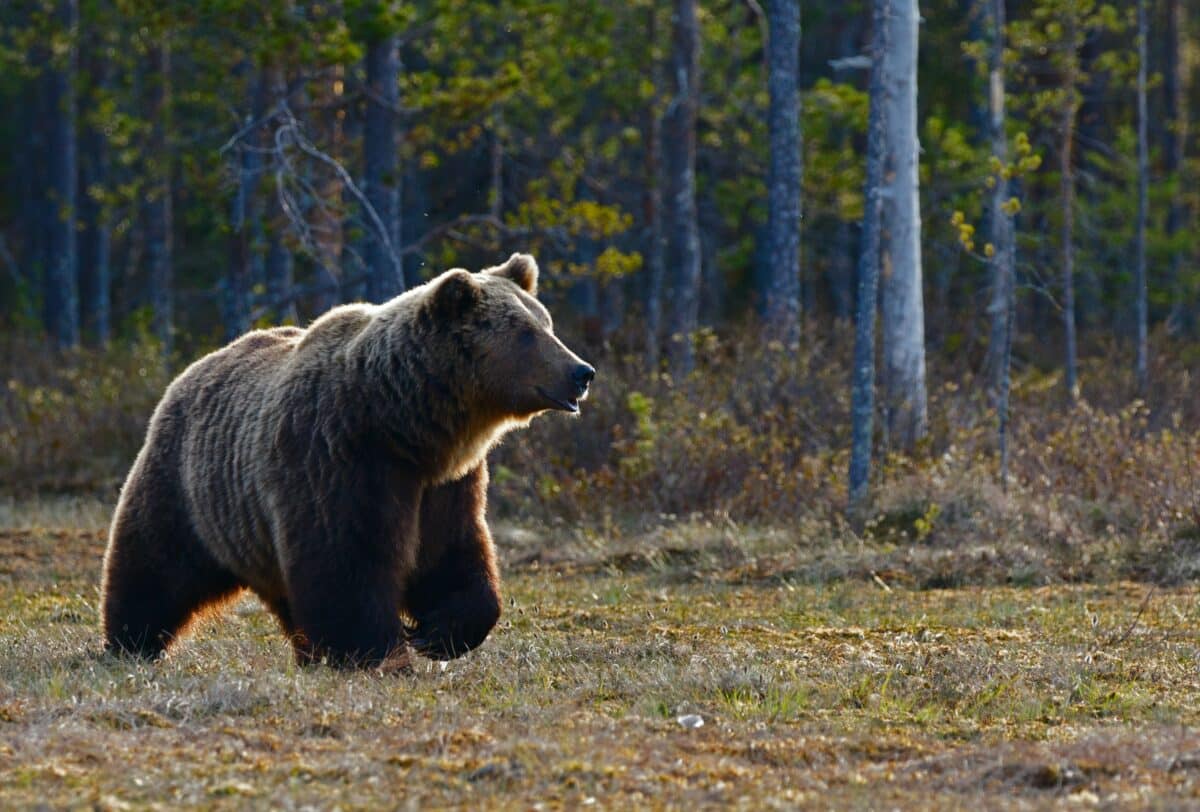
Brown Bears are a species of giant bears in various parts of the world, including North America, Europe, and Asia.
They are also known as grizzly bears in some regions, and their scientific name is Ursus arctos.
They are apex predators and play a crucial role in regulating their ecosystems. They help control the populations of their prey, which can have cascading effects on the food web.
Brown bears are also keystone species, meaning their presence in an ecosystem can disproportionately impact other species. Protecting brown bears and their habitats is vital for maintaining healthy ecosystems.
5 Fun Facts about Brown Bears
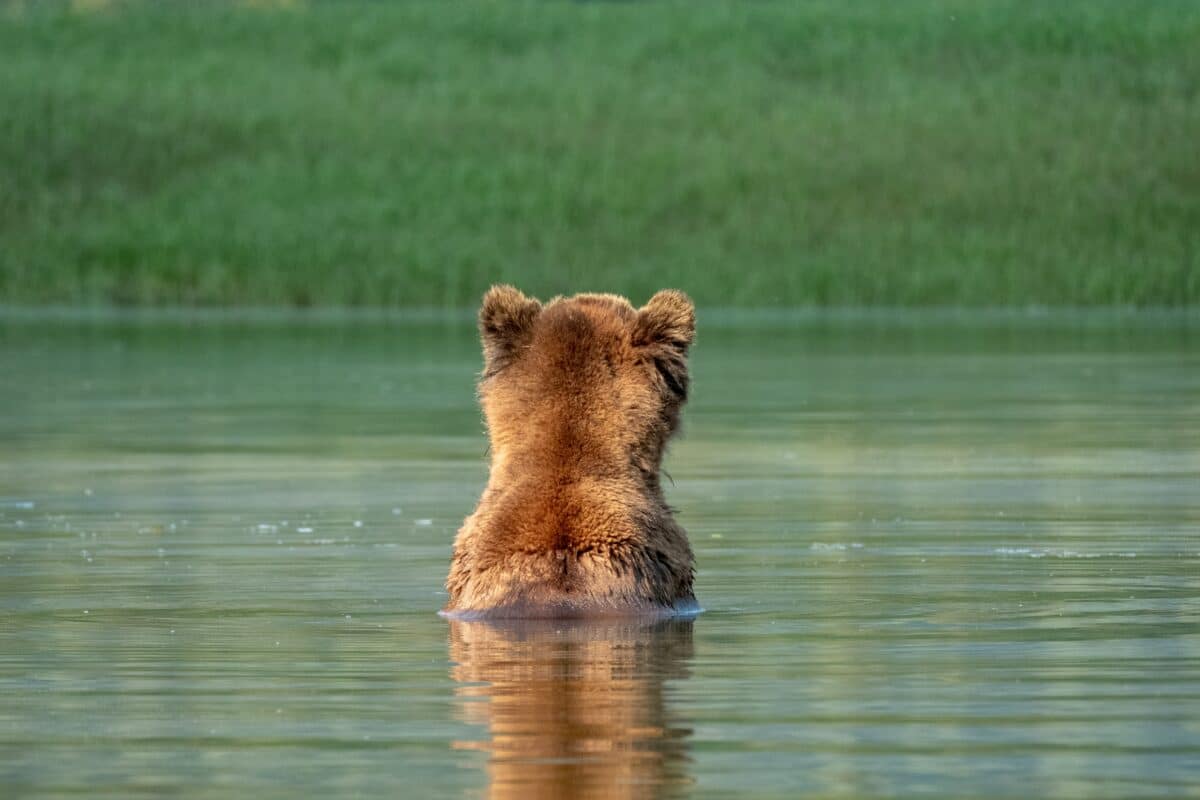
- Brown bears are excellent swimmers who can swim long distances for food.
- These bears have a powerful sense of smell that can help them locate food from miles away.
- Brown bears are very intelligent and can learn to perform various tasks, such as opening containers to access food.
- Cubs are born blind and toothless and rely on their mother’s milk for nourishment for the first few months.
- Brown bears are very vocal and communicate with each other using a variety of sounds, such as grunts, moans, and roars.
Wrapping Up
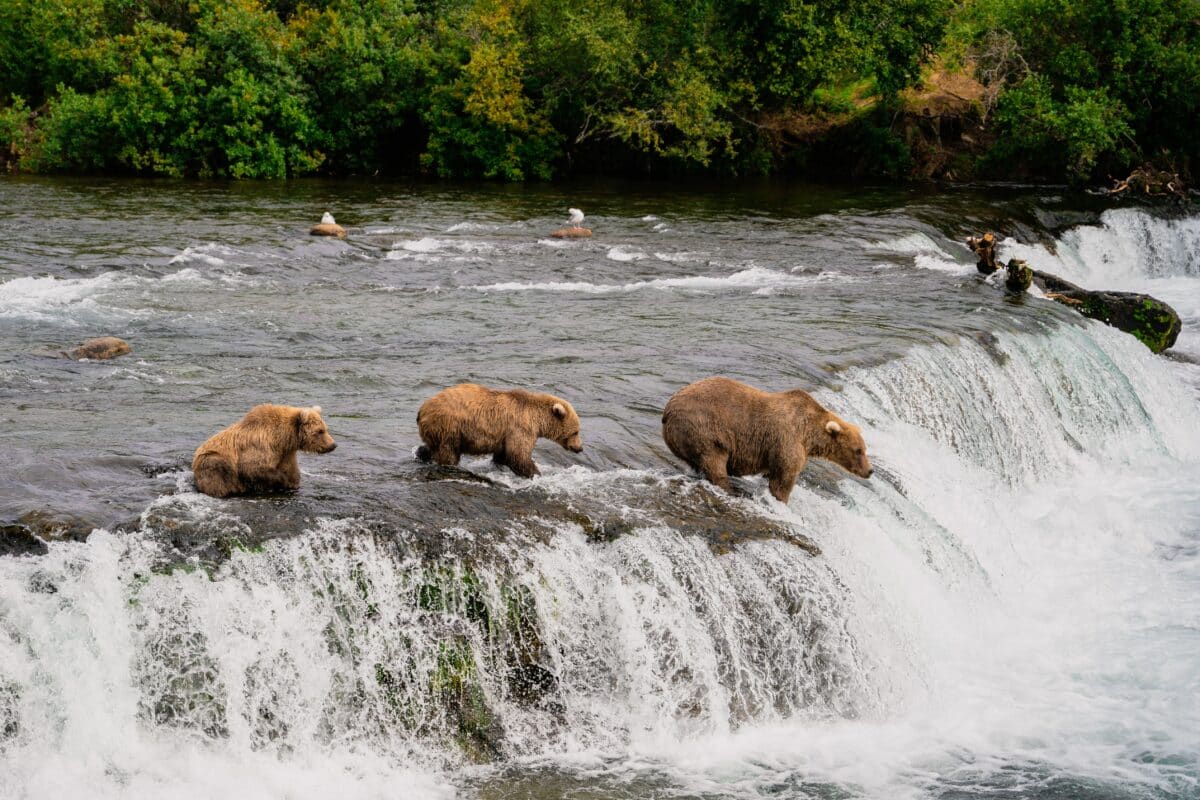
Kodiak bears are apex predators in their ecosystem and play a crucial role in regulating the populations of their prey.
Thank you for following along with this article!
Next up in the animal-news world:
- Discover The Most Massive Gorilla Ever (860 Pounds)
- Discover the World’s Most Colossal Anaconda (33-Foot-Long)
Join our Forum for free today!


